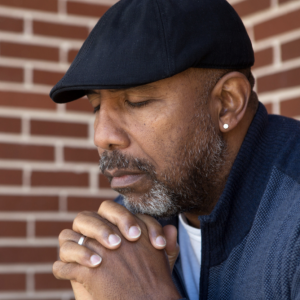Devastating Differences: Older Adults Of Color And Health Disparities

Devastating Differences: Older Adults Of Color And Health Disparities
June 10, 2020
Even if you’re social distancing and limiting contact with the outside world, you’re likely aware of the tragic news of late concerning the appalling treatment of African Americans by police, as well as by other sources of power and authority in our country. The murder of George Floyd and other black people has shone a light on the abuse, discrimination, and exploitation that so many persons of color, but especially black people, have experienced for far too long in our country. Sadly, such abuse has also had devastating consequences for the long term health of black people, results that can be seen both in the chronic illness that pervades black communities and the unparalleled toll that COVID-19 has taken on black adults, especially in nursing homes.
There are a myriad of reasons why black Americans have had more severe illness and a higher risk of death than their white counterparts. The University of Michigan recently shined a light on many of these causes, including inadequate access to essential components for healthy living (nutritious food, clean water, proper housing, proximity to green spaces), along with higher rates of hypertension (possibly accounting for higher rates of dementia) as well as diabetes and obesity. STAT recently published a post documenting how outright racism and discrimination have directly led to health disparities in the black community, from discriminatory diagnostics to institutional barriers to care. Moreover, long-term sustained stress in black Americans has led to serious epidemics of chronic illness. As one expert said, “Everyone feels stress but we forget how many more resources some people have to mitigate stress.” And beyond physical illness, these burdens have led to a higher incidence of depression, anxiety, insomnia, and substance abuse among black Americans.
All of these pre-existing chronic illnesses and health disparities have set up African Americans and other people of color to be highly susceptible to being infected with the coronavirus and to suffer more severe consequences once infected, especially among older adults. Sources of trusted information have been closed, inadequate health insurance has left many with astronomical out-of-pocket costs and we know that nursing homes with predominantly black or brown populations are faring much worse than predominantly white nursing homes when it comes to COVID infections and death rates. As has been made clear by the data, African Americans are disproportionately represented among the dead from the coronavirus. For a more in-depth dive into the pandemic in the black community, click here. And a recent poll reflected a concerning fact that a significant number of black Americans are hesitant to accept a vaccine for the coronavirus when and if one becomes available. That certainly speaks to a mistrust of traditional sources of care among people of color, something understandable given the centuries of inadequate and even harmful practices they’ve been victims of.
It also speaks to the need for health care delivery and health information to be made available to people of color in ways that are nuanced and sensitive to their legitimate concerns. There are resources and advocacy organizations out there that are working hard to recognize the unique and often devastating consequences of both the coronavirus, and more broadly, the health burdens carried by people of color, and especially older members of these communities. For some further insights into these issues and efforts, consider contacting The Diverse Elders Coalition, The National Caucus and Center on Black Aging, The National Asian Pacific Center on Aging, The National Hispanic Council on Aging and National Resource Center on Native American Aging.







